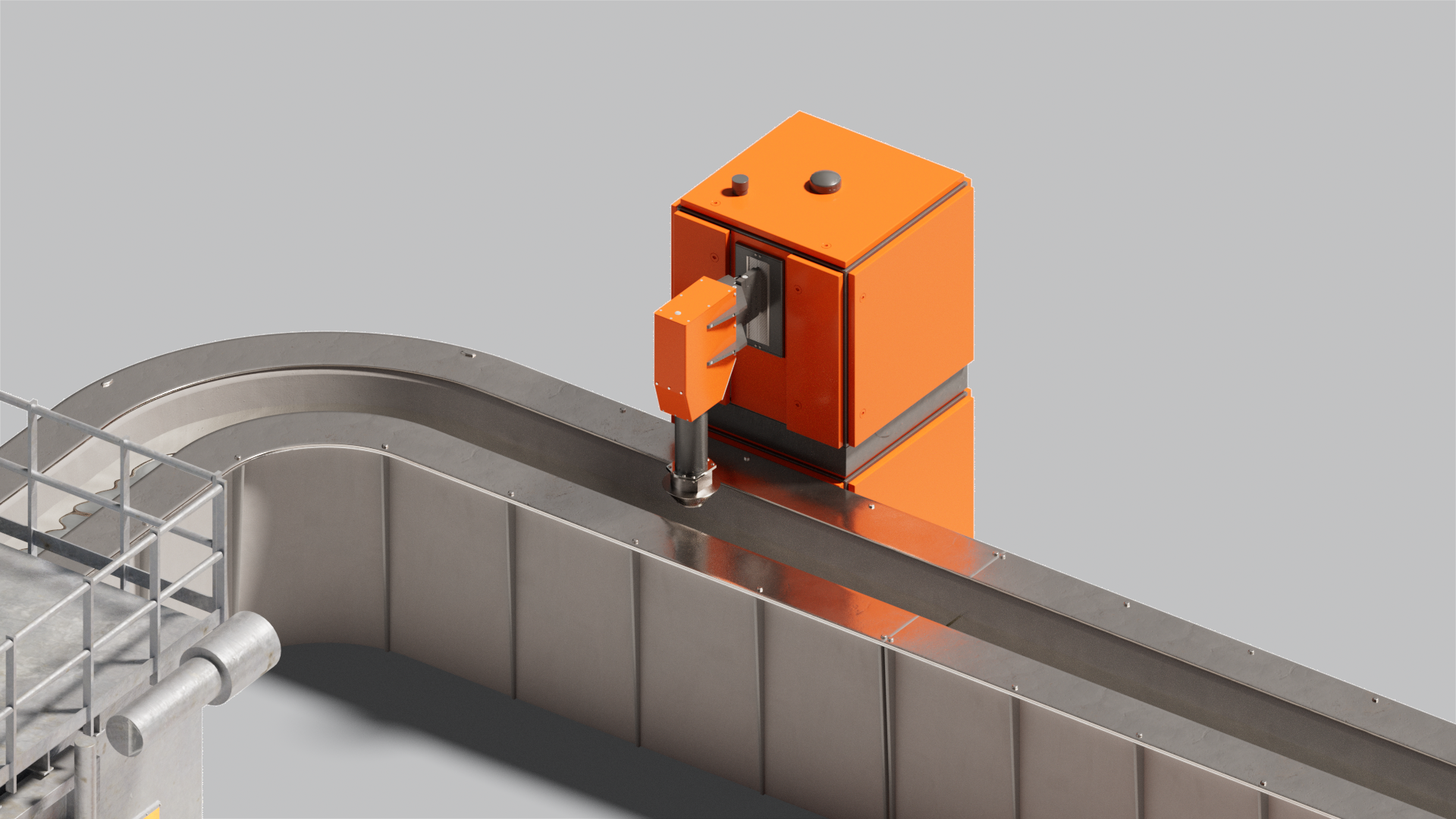
Frequently asked questions
-
DTE's analyzers employ Laser-Induced Breakdown Spectroscopy (LIBS) for chemical analysis, using ultrashort laser pulses to generate a plasma at the sample surface.
Light emitted by the plasma is subsequently used to quantify trace and alloying elements in metal, from pom levels to percent concentrations in highly alloyed materials. While designed for molten metal analysis, DTE's analyzers can also measure solid samples of aluminum and aluminum alloys.
-
For elements having concentrations above 0.1 wt%, the degree of measurement repeatability and calibration accuracy (trueness) is typically around 2% of the measured concentration, for a 45-second measurement time.
For lower concentrations, the precision and accuracy are dependent on the element, the alloy type, and the calibration range. Devices can be configured for improved precision, accuracy and detection limits, based on customers requests.
-
DTE's analyzers can measure all common alloying and trace elements dissolved in molten aluminum, including (but not limited to) Fe, Si, Cu, Mn, Mg, Zn, Cr, Ni, Ti, Ga, V, Pb, Sn, Na, Ca, and Sr.
On average, DTEs analyzers have detection limits around 10 ppm, but exact values depend on the element being measured and the equipment configuration.
In liquid metal, the upper level of the concentration ranges is generally only limited by the solubility of the element at the given melt temperature.
-
Using laser pulses for plasma generation enables direct analysis of liquid metal in challenging plant-floor conditions. DTE's analyzers are built to endure vibrations, dust, strong magnetic fields, and significant temperature fluctuations. Even in plant settings, DTEs analyzers require less frequent standardization (recalibration) than conventional laboratory instruments. It's crucial to note that measurement errors in conventional laboratory analysis mostly arise from the preparation and handling of process samples.
-
DTE's analyzers are factory calibrated before shipping. After installation, an initial calibration adjustment is always recommended. Because DTE's analyzers use only laser light to generate plasma emission from the sample, there is no need for frequent standardization or replacement of components due to erosion or contamination. The stability of the device calibration can be monitored over time by analyzing solid certified reference materials (CRMs).
-
Analysis of solid aluminum alloy samples with DTE's analyzers has shown extremely high correlation (up to 99.999%) with state-of-the-art laboratory analysis, for both wrought alloys and casting alloys. In DTE's analyzers, separate calibrations are required for liquid and solid samples.
-
Magnesium is one of the most important alloying elements in the aluminum industry.
Historically, however, analysis of Mg in liquid aluminum has been complicated by its high volatility. DTE has developed proprietary and patent-pending analysis methods to solve this problem, bringing the accuracy of Mg analysis to the same level as non-volatile elements, for all relevant concentration levels.
